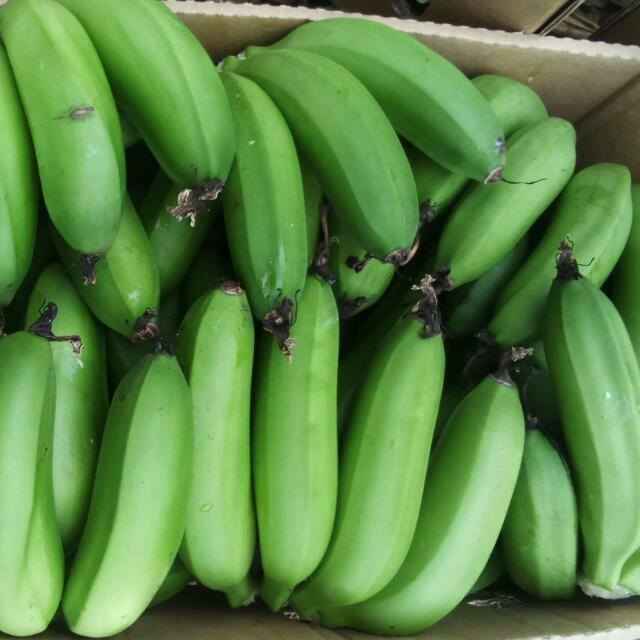The National Agriculture Research Organisation, in Partnership with the International Institute of Tropical Agriculture (IITA), has released a new banana variety known as NAROBAN6.
According to Dr Alex Barekye, the team leader of the Banana Program at the National Agriculture Research Laboratories (NArL)Kawanda, one of NARO’s research stations, the banana was developed with Entukula Matooke as the mother and was compared with NAROBAN 5 (Mbwazirulume), which has shown that its performance is better.
Barekye, addressing the media during the release of the variety recently, added that for farmers interested in making money from bananas, the new variety could be considered because of its distinguished attributes.
He said the yield weighs 26 kg compared to 17.2 kg of NAROBAN5 (33% higher) from the National Performance Trials. From the on-farm trials, the bunch weight was 32.5 kg compared to 21.7 kg of NAROBAN5, which is 34% higher. The bunch weight stability or consistency of weight across different farms in different locations of Banana growing areas in Uganda was also stable.
Additionally, the lifespan of NAROBAN6 has a relatively shorter cycling period compared to other released Banana hybrids. It takes about 10 months from planting to flowering and about 4 months from flowering to harvest.
On pests and diseases, NAROBAN 6 is resistant to nematodes, while NAROBAN 5 is tolerant to nematodes that attack the roots and destroy the feeding system, making the plant weaker. NAROBAN6 is tolerant of weevils. It is resistant to Fusarium wilt and black sigatoka that affect the leaves of bananas, leading to low yields of Banana bunches.
Bananaweevils that attack the comb (bottom) part of the plant render the plant weak and easily destroyed by heavy wind. These effects reduce the lifespan of bananas. However, the NAROBAN6 can stand up to more than 10 years of a Banana plantation span.
On acceptability, Mbwazilume Matooke landrace, and NAROBAN5 were the checks for sensory attributes. These include color, aroma, taste, mouthfeel (smoothness), texture (touch/feel), as well as overall acceptability.
Meanwhile, the director of research at NArL, Dr Robooni Tumuhimbisai, said planting materials can be accessed from NARO’s research stations nearest to them and also from NARO Holdings, the commercial arm of NARO. Farmers can also work with extension workers who can direct them to certified seed suppliers that are also approved by NARO.



